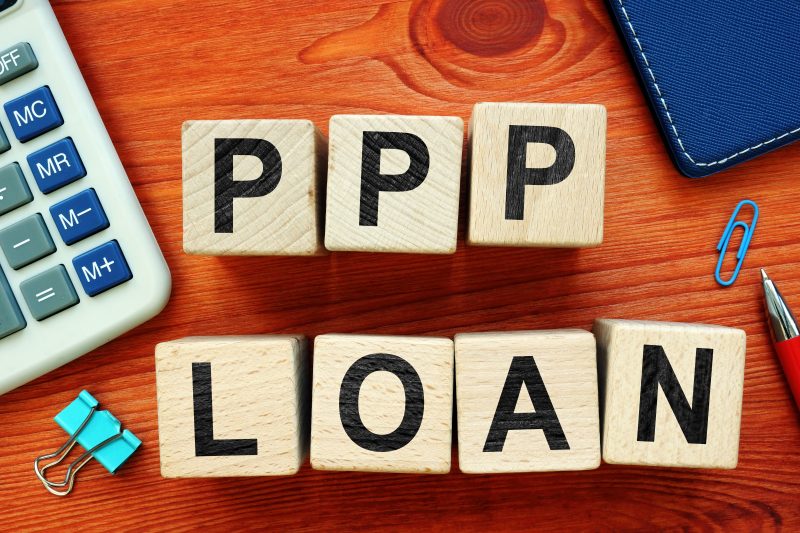Is your small business still struggling because of the COVID-19 pandemic? Chances are you are still feeling the pain.
A new study launched by America’s SBDC and Thryv in November 2020, details how small businesses are still being negatively impacted by the pandemic. Among the key survey findings, the data revealed that 87% of small businesses say they need additional stimulus for 2021. What’s more, two-thirds of small businesses said they have continued to see revenue declines. Two out of three small businesses said they believed their company won’t completely recover a year from now, and 45% foresee more layoffs in 2021.
Fortunately, the Paycheck Protection Progran (PPP) loans are available again to help businesses pay their bills and keep their employees on the payroll. The.$284 billion forgivable loan program backed by the U.S. government is now actively taking applications. As in the previous PPP offerings, small businesses apply through partnering banks and financial institutions as well as CDFIs.
The good news is that even small businesses who previously received a PPP loan can apply again, if they meet eligibility criteria. The business must have no more than 300 employees, must be able to demonstrate a 25% gross revenue decline in any 2020 quarter compared to the same quarter in 2019, and the business much have used the full amount of the previous PPP loan.
PPP funds can be used to cover payroll costs, including specified employee belefits, operating costs, including rent and utilities. Covered operating costs also include personal protective equipment needed to keep employees safe.
To be fully forgivable, at least 60% of the total loan must be used on payroll expenses. There is a simplified forgiveness process for borrowers who received loans less than $150,000.
For first time PPP loans, small businesses that have 500 or fewer employees can apply, including sole proprietors and independent contractors. For the full list of eligibility requirements, go here on SBA.gov.
While, concert venues, theaters and museums are not eligible for the PPP loans, they can apply for special “Shuttered Venue Operator Grants” worth up to $10 million.
Like last time, loan amounts will be based on the applicant’s payroll, which can either use 2019 or 2020 figures. The maximum loan amount possible is capped at $2 million. Previously it was a $10 million cap.
Most businesses, including PPP second-timers, will be eligible to borrow an amount equal to 2.5 times its average monthly payroll. But new in this round is that businesses like restaurants and hotels that are classified as “accommodation and food-services industries” by the Small Business Administration are eligible for loans up to 3.5 times their average monthly payroll costs.
With the round, the SBA is focusing more on reaching smaller lenders and businesses, according to the news release.
“The SBA has worked expeditiously to ensure our policies and systems are re-launched so that this vital small business aid helps communities hardest hit by the pandemic,” SBA Administrator Jovita Carranza said in an announcement last week. “I strongly encourage America’s entrepreneurs needing financial assistance to apply for a first or second draw PPP loan.”
The first iteration of the PPP ran intermittently last year between April 3 through Aug. 8. Through two tranches of funding, the stimulus program resulted in more than 5 million loans totaling more than $500 billion.
Please send GrowBiz topic suggestions and feedback to GrowBiz@FIU.EDU.

